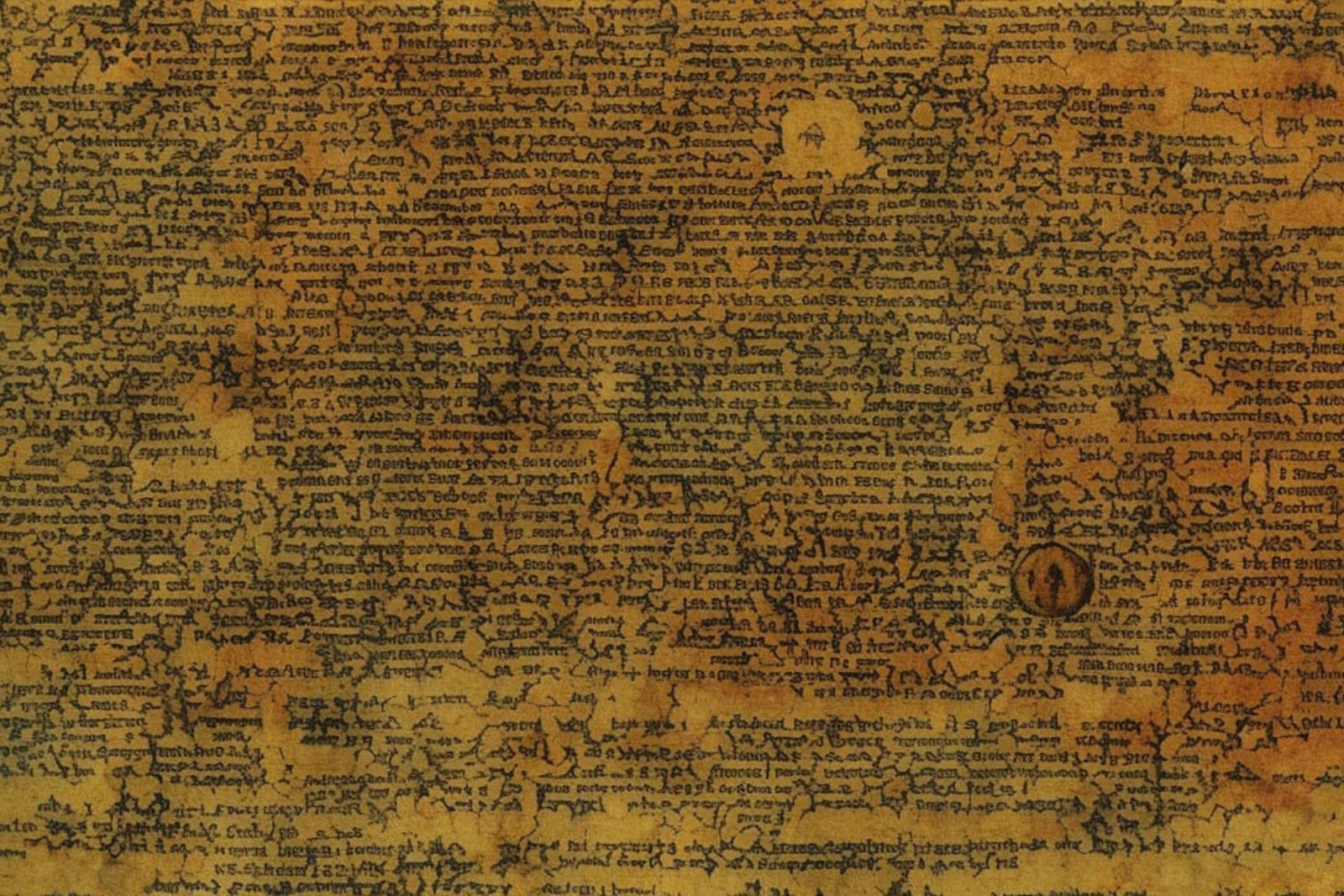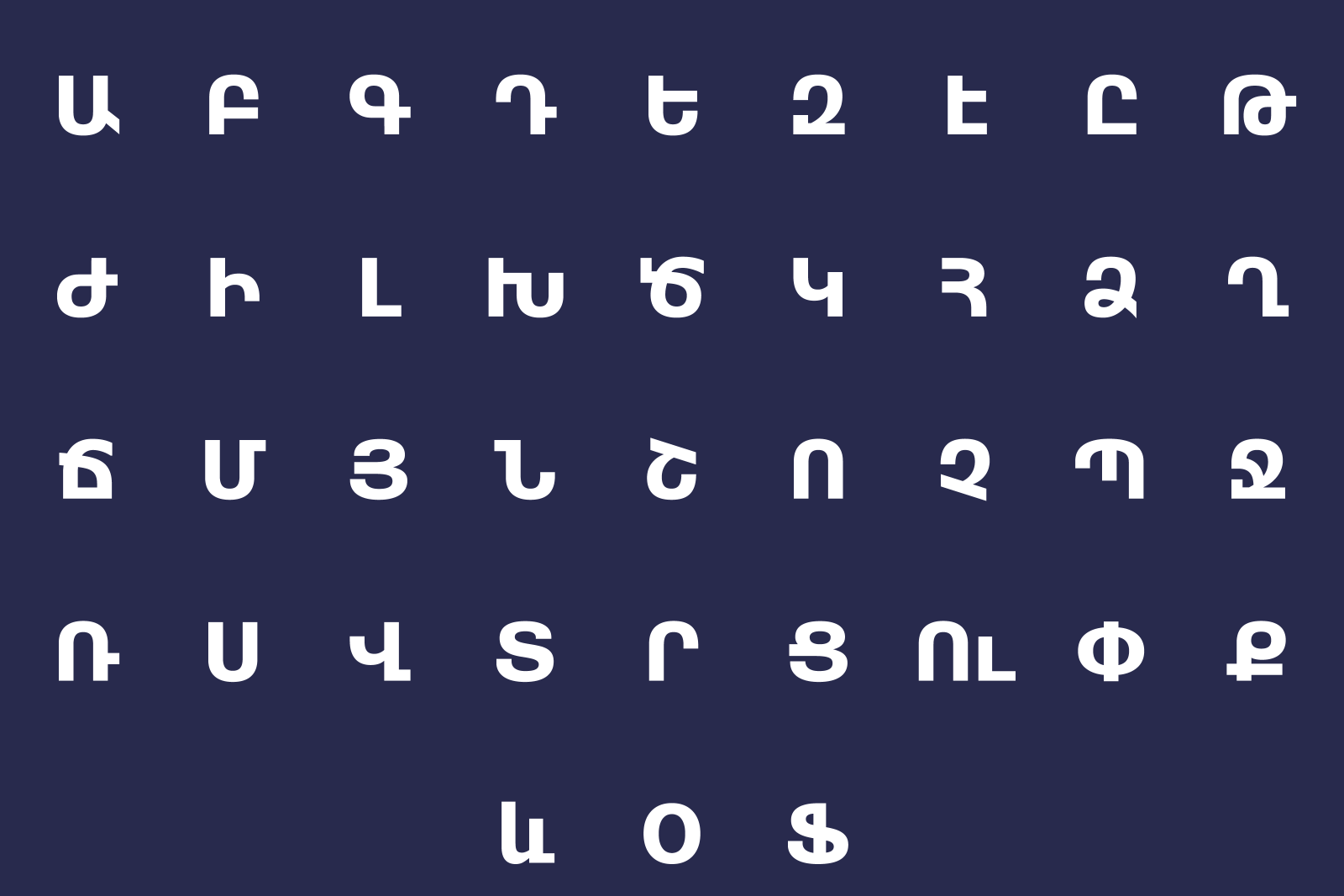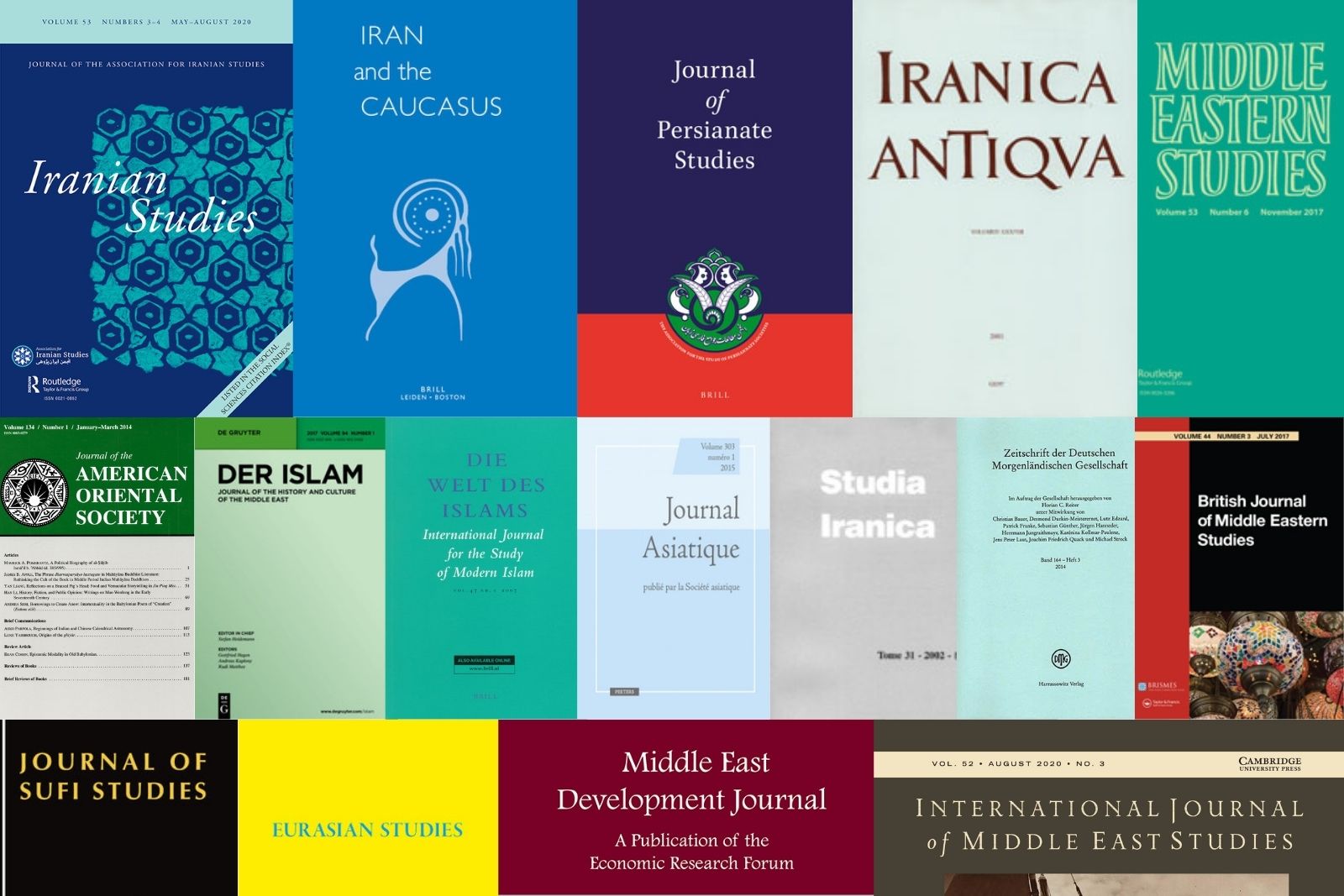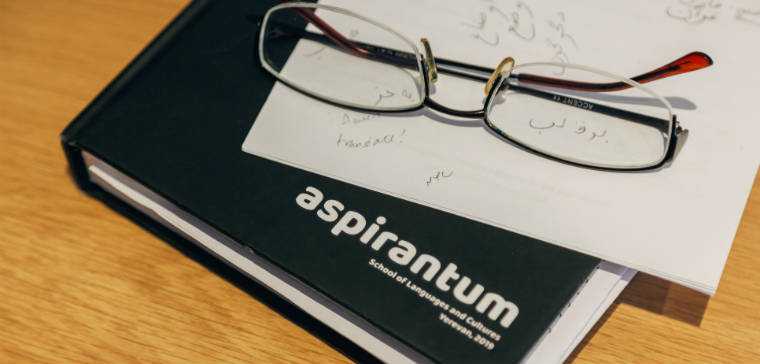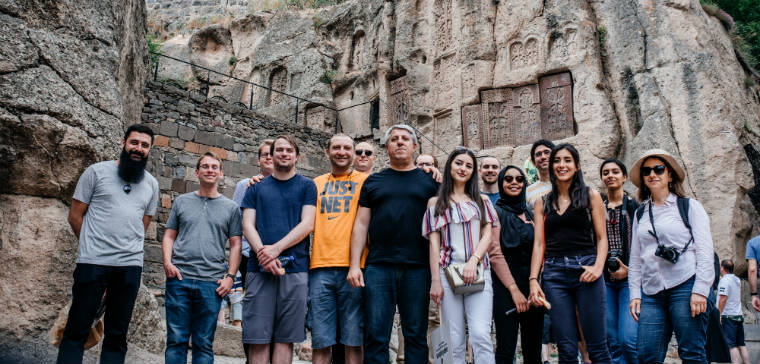Languages do not live in a vacuum. It is a well-known fact that there’s not a single language in the world devoid of “alien” elements. Even the Pirahã language, considered one of the most isolated languages spoken in the Brazilian Amazon region, has borrowed the word “topagahai” ('tape-recorder') from American missionary linguists who were visiting their villages for data collection (Matras 2009; 147).
The fact that Russian has borrowed some words from Persian “with no intention to return them”, may be unexpectedly surprising, given that there seems to have been little interaction between the two. However, when examining the modern period, the history of relations between Iran and Russia traces back to the 16th century. During this time, Iran's economic ties with Russia served as a vital conduit for access to Europe through the Caspian Sea and the Volga River. As a result of the Russian Empire's expansion into the Caucasus and Turkestan, numerous Iranian words found their way into the Russian language. Most of these words were borrowed through the medium of Turkish and Arabic, although it is sometimes challenging to determine whether a word is a direct borrowing or not.
This segment of history, however, is just the tip of the iceberg, as Slavic-Iranian linguistic contacts began as early as the second millennium B.C. Therefore, in this article, we did not limit ourselves to the words that were borrowed precisely from Persian (New Persian) but also included those of Iranian origin in a more comprehensive sense." (so, the title is somewhat clickbaity)
Let's begin, and I hope you enjoy the reading ahead.
арбуз [arbuz] “watermelon” (lat. Cucurbita citrullus) < Pers. خربزه [xarboze] “melon”. We first encounter this word in an anonymous medieval glossary, named Frahang-ī Pahlavīg “a Pahlavi dictionary”. The compilers of this glossary grouped the words according to a subject, thus in the 4th chapter titled “grains and fruits” (Middle Persian dānag mēwagīhā), we encounter the form xarbūzak which is the Middle Persian form of the word (Nyberg 1988; 67). From this point, it was borrowed in many other languages of the region, c.f. Armenian խարպիզակ/ խարբզակ [xarpizak/ xarbzak] (Alishan 1895; 245), Hindi ख़रबूज़ा [xarbūzā], Georgian ხაბურზაკი [xaburzaḳi], etc. Besides Russian “watermelon” is also attested in some other Slavic languages, c.f. Bulg. карпуз, BSCM (Bosnian/ Serbian/ Croatian/ Montenegrin) карпуза, Ukrainian гарбу́з “pumpkin”. It is commonly held that the word was borrowed into Slavic languages through Turkic languages and it could enter Russian from Tatar dialects with unstable initial x- consonant, c.f. Turkish karpuz, Kazakh карбыс, etc (Chernykh 1999; 50).
The most intriguing aspect of Persian xarboze is the compound itself. By breaking it down and rendering in a literal translation, we get “donkey cucumber”, since xar means “ass, donkey” and boze (probably from a Semitic source) means “gourde, cucumber”. How did it come to be like that? The point is that when xar “ass” stands as the first part of a compound word, it amplifies the meaning, in this manner, xar=boze means a “big cucumber”(or we can interpret that as “cucumber as big as an ass”). Some other good examples are xarmuš “rat” (“big mouse”/ “mouse like an ass”), xarsang “boulder” and xarpul “moneyed, cash-rich” (literally “ass-money”).
чаша [čaša] / чашка [čaška] “chalice, cup” < Ir. *čaša(ka)-, compare Sanskrit caṣaka- “cup, wine glass” (probably a loanword from an Iranian source, since the root is exclusively Iranian (Cheung 2007; 36)), Middle Persian čāšt “meal”, Parthian c’šnyg “taste”, New Persian čašīdan “to taste”, čāšt “breakfast”, also Armenian čaš “dinner, lunch”, čašak “taste”.
чемодан [čemodán] “suitcase” < جامه دان [jāmedān]. This word represents an intriguing example of reborrowing. Initially, it was borrowed via the Tatar medium (čаmаdаn) and then reintroduced into Persian as čamedan. The source word jāmedān itself is divided into jāme “cloth” (c.f. Manichaen Middle Persian jāmag < *yam “to take, grip”), and the suffix -dān which denotes a place or container.
чертог “hall, palace” / чердак “attic” < چهارطاق [čahārtāγ], literally “four arches” (Zaliznyak 1962; 39), is a unit of traditional Iranian architecture, consisting of four arches or vaults. In a religious context, čahārtāγs functioned as the sanctuary for housing the fire altar and conducting worship. One of the earliest examples of čahārtāγ structure is Qaḷʿeh Dukhtar at Fīrūzābād, erected by Ardashir I.
едукарь [jedukar’] “smart person” < Iranian *yādu-kara- “wizard, magician”, from which we have New Persian ǰādūgar. Although the word is no longer used in Russian, the main reason for our discussion of this word is its curious phonetic form. A. Korn demonstrated on the example of Armenian jatuk that the phonetic change * i̯- > j- occurred earlier than the voicing of intervocalic stops (-t- > -d-/ -k- > -g-) (Korn 2003; 55). Consequently, the form in Russian is either an archaism that preserved the initial j- and intermediate -k-, but shows -t- > -d-, or another explanation must be provided. Taking into consideration some other forms in which the word was borrowed into other languages, notably Georgian ჯადოქარი [ǯadokari] and Assamese যাদুকৰ [zadukor], and also the fact that there is no language other than Russian that would have initial y-, a conclusion can be drawn that Russian failed to represent j- affricate. Another illustration of this are the words юхть [juxtʹ], ю́фта [júfta], ю́хта [júxta] “Russia leather”, borrowed via Turkish medium from Persian joft “pair” or юмшань [jumšan’] “chainmail” < Pers. joušan (Pohl 1975; 89).
ферзь [ferz’] “queen, the most powerful piece on the chess board” < فرزین [farzin] “vizier, minister”, via Turkish färz, färzi.
According to a Middle Persian text, called Wizārišn ī Čatrang ud Nihišn ī Nēw-Ardaxšīr “the explanation of chess and the arrangement of backgammon” it is written:
“u-š homōnāg sar-xwadāy kard šāh *[mādayārān ō raxw *ī] hōyag ud dašnag homānāg frazēn ō artēštārān-sālār homānāg pīl ō puštībānān-sālār homānāg ud asb ō aswārān-sālār homānāg payādag ō ān ham-payādag homānāg pēš-razm”
“He made the king like the two overlords, the rook (on) the left and right flank, the minister like the commander of the warriors, the elephant is like the commander of the bodyguards, and the horse is like the commander of the cavalry, the foot-soldier like the same pawn, that is at front of the battle(field).” (Daryaee 2016; 10).
Middle Persian frazēn which goes back to Old Iranian *fra-zaina and shares the same root as Pers. zin “armament” (Hasandust IV; 2008)*. It was borrowed into Arabic as firzān and carried over to Europe, c.f. Spanish alferza, French fers, fierge, etc. A question may arise “how did a minister transform into a queen”? The answer is not that simple. According to H.A. Davidson “the ferz became feminine as a result of the transition from the word ferz to fercia to fierge and then, by similarity of sound, to vierge, the French for virgin” (Davidson 1949; 30). Another explanation was offered by M. Yalom, who built her rationale on the idea of female power and the important role played by medieval female rulers and Isabella of Castile in particular. In 1497, when she ruled over Spain, there appeared a Spanish book by a certain Lucena titled Arte de axedres “the Art of Chess” which acknowledged the queen as the most powerful piece on the chessboard (Yalom 2001; XV-XVIII).
изъя́н [iz’ján] “defect, fault, injury” < زیان [ziyān], via Turkish ziyan. The -zi- > -iz- metathesis most likely occurred under the influence of the homophonous verb изъять [iz’jat’] “to take out.” Pers. ziyān < Indo-Iranian *ji̯a, c.f. Avestan ziyāni- “injury” (Bartholomae 1904; 1700, 1701), Old Persian diyā “to rob, to steal” (ditām caxriyā “he has robbed” in Behistun inscription (1:50)), Middle Persian zīn, Parthian zy’n, Sogdian zyn-, etc, all having the same meaning. It was also borrowed into Armenian as զեան [zean]/ վզեան [vzean] (< *vi-zian) “injury, harm” (Ačarean 1926; 89).
инжир/ инджи́р “fig, lat. Ficus carica” < انجیر [anjir], via Turkish-Tatar medium, from Middle Persian anjir, according to H. Bailey from *ana-čiθra-, lit. “without flower”, based on the erroneous view that the fig did not blossom (Bailey 1946; 774, n1), c.f. Uighur ’nčyr (< Sogdian), Ved. añjīraḥ (an Iranian loanword), Kurdish hežīr (Mayrhofer 1956; 24-25).
мишень [mišénʹ] “target, marque, stamp, sign, round plate” < Persian nišān “sign”, via Turkic medium, c.f. Turkish nişan. Its etymological doublet нишан [nišān], meaning “seal” can also be found in Old East Slavic.
нефть [nʲeftʲ] “oil, petroleum” < نفت [naft], via Turkish neft. The Persian word naft goes back to a passive past participle form *napta, c.f. Avestan napta- “wetted, humidified, moistened” (Bartholomae; 1039), Middle Persian naft [npt’] “oil”, Greek νάφθα [náphtha], and Latin naphtha (borrowed from Greek). An interesting example is the Persian word naftandāz, meaning “a warrior that throws burning oil on an enemy”.
пижама “pajamas” < پایجامه [pāyjāme]. The word pāyjāme is a compound word in Persian which is made up of two words: pāy “leg” and jāme “cloth” and thus translates as “leg garment”. It is generally assumed that originally pajamas were loose pants with a cord to tie them. The word traversed a long distance and has influenced not only Eastern languages but also managed to reach the very West of the globe mainly via Ottoman Turkish and Hindustani medium.
An alternative etymology is to derive the word from the compound bīrjāma, found in the Central dialects area, such as Ferizhend, Bidhend, Abyaneh (Asatrian 2011; 139). The first composite bīr is attested in Classical Persian as “sleepwear”, however, it also has the meaning of “low, under, lower part” in some Iranian dialects (Hasandust 2014 I; 565-566). Semantically, bīrjāma seems to be a more plausible candidate, nonetheless bīrjāma > pyjama might present some phonetic difficulties (also, as we have already noted, the forms influenced by *pāyjāma are present in Urdu and Hindi पैजामा (paijāmā) / Urdu پائِجامَہ (pāijāmah)).
ради [radi] “for the sake of”, an ambiposition (both preposition and postposition) mostly used with Genitive case in Russian, e.g. a phrasal unit Bóga rádi “for God’s sake”. It was probably borrowed from an Iranian source, c.f. Old Persian rādī/ rādiy, Middle Persian l’y/ r’y /rāy/, Parthian r’d /rāδ/, New Persian rāy “direct object marker”.
рай [raj] “paradise” < Old Iranian *rāji ‘paradise’ (OCSl. rajĭ), c.f. Old Avestan rāiiō “wealth, splendor” (Vedic rāyáḥ), YAv. raēm (Vedic rayím) (Bartholomae 1904; 1511, 1525, Zaliznyak 1962; 40).
сапог “boot, shoe” [sapog], probably from Middle Iranian *sapaga < *sap-aka, from an Old Iranian root sāpa “hoof”, cf. Av. safa-, Oss. sæftæg, the source of Mong. sab, Manchu sabu “shoe”, etc. (Kim 2021). For etymologies on Slavic grounds (from Russ. sap- + oz/ og suffix), see Vasmer’s et.dict., Chernykh 1999; 139.
шаровары [šarováry] “wide trousers” < Iranian *šаrаvārа-, via Turkish medium, c.f. σαράβαρα, σαράβαλλα «trousers», Latin saraballa, Armenian šalvar, Georgian šarvali, etc. The descendants of this Iranian formation can be found not only in Persian where it took the form شلوار [šalvār], but also in many other Iranian languages and dialects (Hasandust 2014 III; 1899-1900).
топор [topór] “axe” < Middle Iranian *tapara, c.f. Manichaean Middle Persian/ Parthian tbr /tabar/, New Persian tabar, Balochi tapar, Ossetic færæt (an old borrowing from Old Persian *paraϑu, since the genuine Ossetic form would be *færæs). At some point in unknown language environment, before becoming a Wanderwort, it underwent metathesis *parta > tapar and then spread to many languages of the region, e.g. Scand. tapar, Armenian tapar, Turkish teber, Hung. topor, etc. The older unmetathesized forms are attested in Khotanese paḍa, Tocharian B peret, A porat, Turk. balta, Hung. bart, Yazghulami parūs, etc (Abaev 1995; 451). The fact that intervocalic -p- is preserved in Slavic might indicate that it was borrowed in Middle Iranian period, probably during the Parthian or Sasanian rule. The distant trade (may have been organized by Armenians since only Armenian preserves intervocalic -p-) played its mediating role in spreading the word through many other languages (Blažek 2015; 73). All things considered, it is important to note that there were attempts to explain it on the Slavic basis, for a more detailed discussion, see the entry in Fasmer’s etymological dictionary.
вина [vina] “guilt, fault” < Old Persian vi-nāθ-, c.f. Middle Persian w(y)n’h “fault, injury”, Parthian w(y)n’s /winās/ (from which Armenian vnas was borrowed), New Persian gonāh “sin,crime, fault”(Zaliznyak 1962; 41, Blažek 2015; 81).
хаки [xaki] “khaki color, a shade of tan or light brown” < خاکی [xākī], from xāk “earth” + -ī adjective suffix, lit. means “the color of earth”. It entered Russian and other European languages in the 19th c. via Hindustani, c.f. Hindi ख़ाकी [xākī] “dusty”, and is widely used today.
хата [xata] “hut” (also in Ukrainian) < Old Iranian *kata/ *xata, from the root *kan, which means both “to dig” and “to pour, to fill”, compare Young Avestan kata- “building, cover”, Middle Persian kad, New Persian kad “house, dwelling” (kadxodā “headman”), Tati/ Taleshi ka, etc. For more on the reflexes of this root see Abaev 1956.
хомяк [xomjak] “hamster”, Old East Slavic xoměkŭ < Proto-Slavic *xomě̀kъ < *xoměstorъ, probably borrowed from an Iranian source, compare Avestan hamaēstar- “despoiler, opponent”, Middle Persian hamēstār. From my personal experience, I have come across this word multiple times in texts written in Avestan and Middle Persian, however, I never would have imagined that it could be the source of both xomjak and hamster. Of course, there have been other attempts to explain this word, such as to derive it from PIE *(s)kem/ *(s)kom “to squeeze” (Chernykh 1999; 350), even so, apart from phonetic correspondence, the Iranian version can also be explained on semantic grounds. The following passage from Laurentian Codex (14th c.) can hint at a possible connection between Old Slavic and Avestan semantemes:
“...ядуще мертвечину и всю нечистоту, хомеки и сусолы…”
“they eat carrion and all kinds of unclean things - hamsters and gophers”
One is tempted to assume from the context that in the Mazdayasnian Weltanschauung “hamster” could have been perceived as an “evil animal”, known as xrafstar, like karzang “crab”, xaftār “hyena”, gōrkan “cave digger”, etc. (see Moazami 2005). For this instance, the word hamaēstar- could have emerged as a euphemism or an epithet that started to be used instead of the original word. This tentative observation lacks supporting textual evidence and still necessitates further data for substantiation. In any case, if "xomjak" is indeed of Iranian origin, it could be instrumental in uncovering the authentic meaning of the Avestan term.
Bibliography
Abaev V.I. (1956), “Etimologicheskiye Zametki”: Trudy Instituta yazykoznaniya, Vol. 6.
___ (1995), Istoriko-etimologicheskiĭ slovar’ osetinskogo yazyka (Historical-Etymological Dictionary of Ossetic), 4 vols., Moscow and Leningrad, 1958-89; repr. with index, Moscow.
Asatrian G.G. (2011), A Comparative Vocabulary of Central Iranian dialects, Tehran.
Bailey, H. W. (1946). Gāndhārī. Bulletin of the School of Oriental and African Studies, 11(04), 764.
Bartholomae Ch. (1904), Altiranisches wörterbuch, Strassburg.
Blažek V. (2015), “Irano-Slavica — k khronologii starykh iranskikh zaimstvovaniĭ v slavyanskikh yazykakh” (Irano-Slavica — towards a chronology of Old Iranian borrowings in the Slavic languages), in Trudy Instituta russkogo yazyka im. V. V. Vinogradova IV: Ètimologiya, Moscow, 2015, pp. 70-100.
Chernykh Ya. (1999), Historical and etymological dictionary of the modern Russian language: 13560 words: [in 2 tons], Moscow.
Cheung J. (2007), Etymological Dictionary of the Iranian Verb, Leiden.
Daryaee T. (2016), On the Explanation of Chess and Backgammon, Ancient Iran Series, Vol. 2.
Davidson H.A. (1949), A Short History of Chess, New York.
Èdel’man D. I. (2002), Iranskie i slavyanskie yazyki: istoricheskie otnosheniya (Iranian and Slavic Languages: Historical Relations), Moscow.
Hasandust M. (2014), An Etymological Dictionary of the Persian Language, 4 Vol., Tehran
Korn A. (2003). “The Position of Balochi among Western Iranian Languages: The Verbal System,” in The Baloch and their Neighbours. Ethnic and Linguistic Contact in Balochistan in Historical and Modern Times, ed. Carina Jahani and Agnes Korn, Wiesbaden, pp. 61-71.
Matras Y. (2009), Language Contact: Cambridge textbooks in Linguistics.
Mayrhofer M (1956), A Concise Etymological Sanskrit Dictionary, Heidelberg.
Moazami M. (2005), “Evil animals in the Zoroastrian religion”: History of Religions, Vol. 44, N. 4, pp. 300-317.
Nyberg H.S. (1988), Frahang-ī Pahlavīg, ed. With transliteration, transcription and commentary from the posthumous papers by Bo Utas, Wiesbaden.
Pohl H.-D. (1975), “Slova iranskogo proiskhozhdeniya v russkom yazyke” (Words of Iranian origin in the Russian language), Russian Linguistics 2/1-2, 1975, pp. 81-90.
Yalom M. (2001), Birth of the Chess Queen, Harper Collins.
Zaliznjak A.A. (1962), “Problemy slavyano-iranskikh yazykovykh otnosheniĭ drevneĭshego perioda” (Problems of Slavic-Iranian linguistic relations in the ancient period): Voprosy Slavyanskogo Yazykoznaniya 6, 1962, pp. 28-45.

